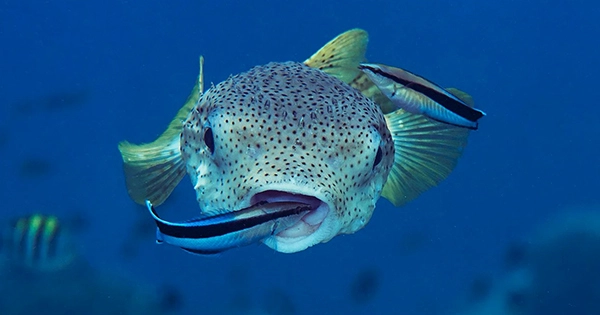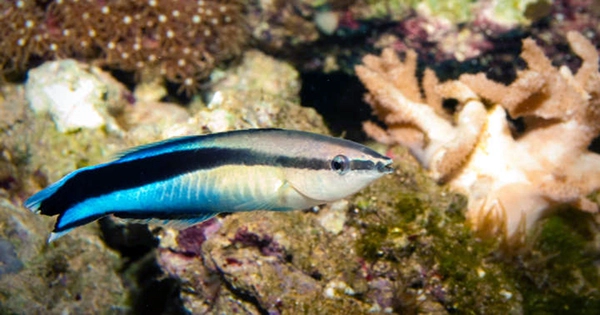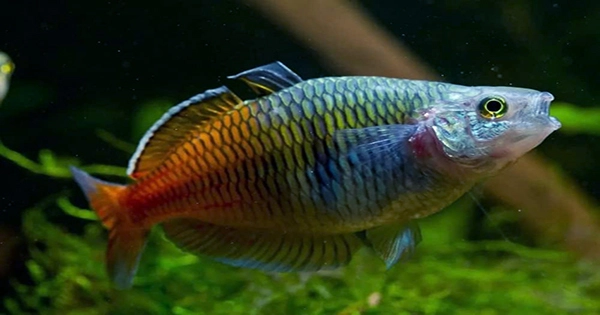If cleaner fish with parasite tattoos see themselves in a mirror, they will try to scrape them off, demonstrating that they have mirror self-recognition (something Deb from Finding Nemo lacked). When you consider that being able to recognize and identify your own reflection is considered evidence for self-awareness, a trait that has only been conclusively demonstrated in chimps, this is an intriguing revelation (indicated by a new study). The current study, which was published in the journal PLOS Biology, draws on prior work on fish mirror self-recognition (MSR), which was subsequently questioned for its conclusions.
In previous research, scientists discovered that injecting a visible brown stain into the cleaner fish Labroides dimidiatus caused them to scrape their necks when they saw it in their reflection. However, because this fascinating discovery was only found in three of the four fish investigated, several scientists questioned the findings’ generalizability and trustworthiness. To address these issues, the researchers used 18 cleaner fish this time, 17 of which (94 percent) showed the same MSR-induced cleaning behavior as in the previous trial.

The parasite tattoos were vital to the study because they gave the cleaner fish the impression that there was something on their necks for them to remove and consume (they love a good parasite, hence the name). This logic informed the original study’s approach, however, some suggest that the physical sensation of tattooing a fish, rather than mirror identification, is what causes neck scratching.
To overcome this constraint, the researchers introduced a new phase to their methodology: they tested whether the fish would respond to an unseen physical stimulus. They tattooed the same parasite on the fish, but this time it went three times deeper into the skin, making it undetectable. Regardless of whether or not there was a mirror present, the fish scratched their throats the same amount in these conditions. The researchers provided fish visible tattoos that were green and blue and didn’t resemble food to further clarify the ecological context of a parasite being critical to the MSR response.
This condition indicated that none of the fish attempted to scrape off the marks, implying that the fish’s MSR throat scratching was caused by a visual (rather than tactile) sense of parasite-like marks. The cleaner fish’s way of life helps to explain why they seem to be able to handle the MSR studies so well. Professor Masanori Kohda of Osaka City University, the study’s principal author, told IFLScience, “Cleaner fish will pay attention to microscopic parasites on other fish bodies and try to pick up and eliminate them.”
“So, if we apply a color mark that looks like the parasite, the fish will respond well to it.” This study is the first to employ the mark to which the subject animals pay attention in the 50-year history of animal mirror tests. As a result, this fish has the highest mark-test passing percentage, surpassing chimps, dolphins, and elephants.” So it’s a fascinating find, and while it goes some way toward resolving earlier complaints, Prof. Kohda thinks there’s still a long way to go.
















